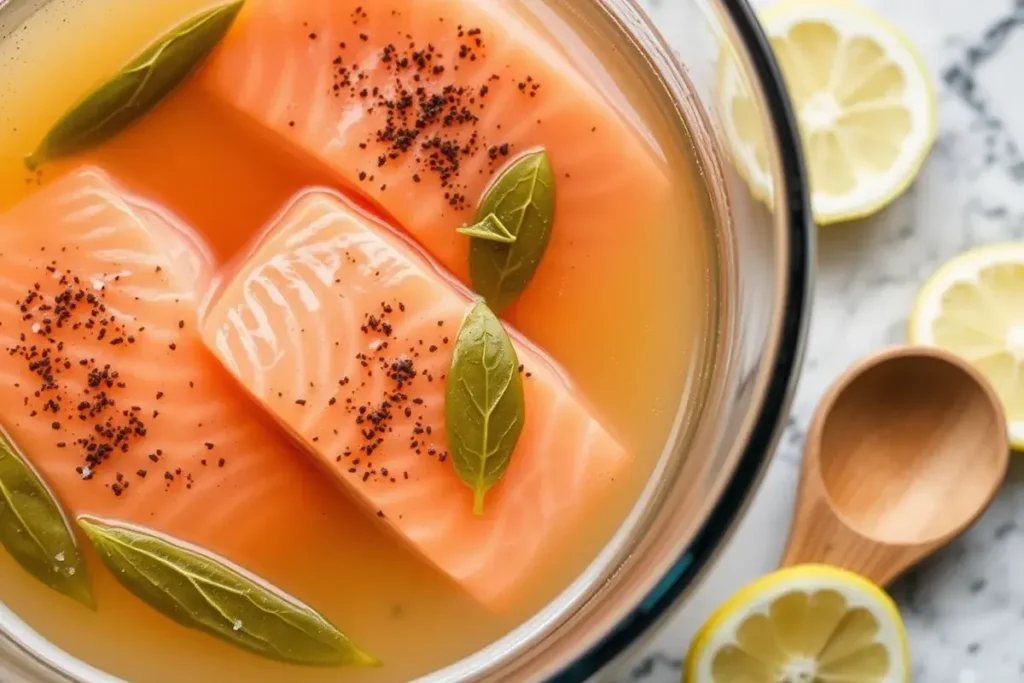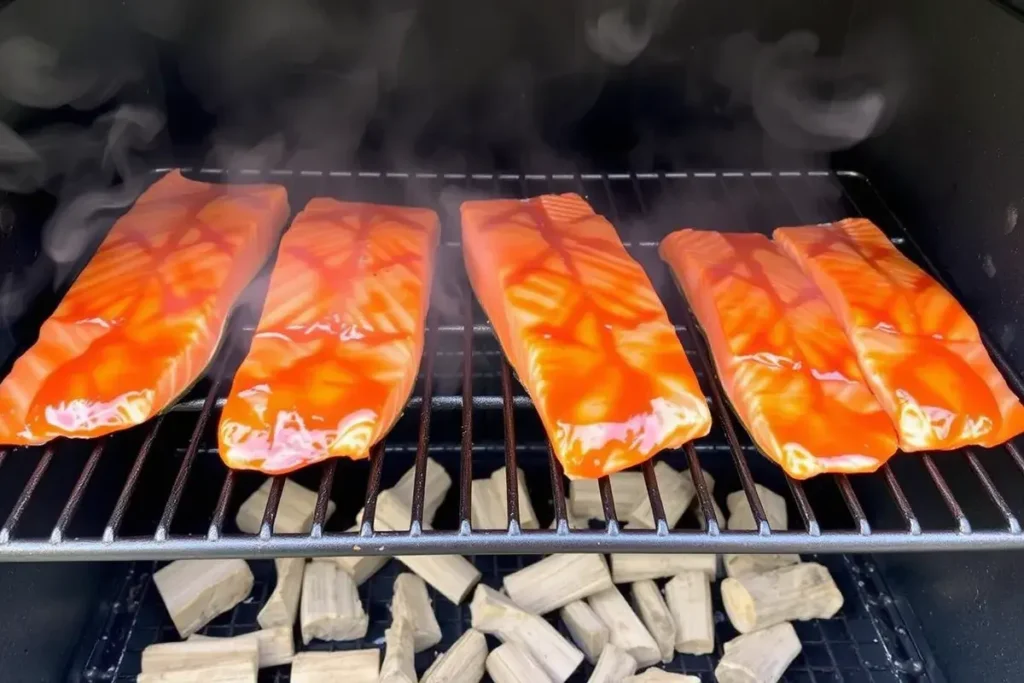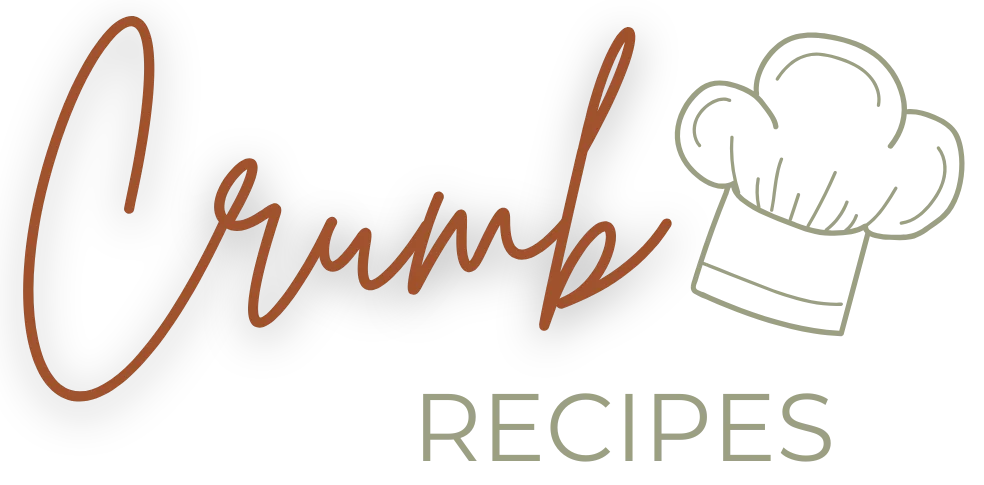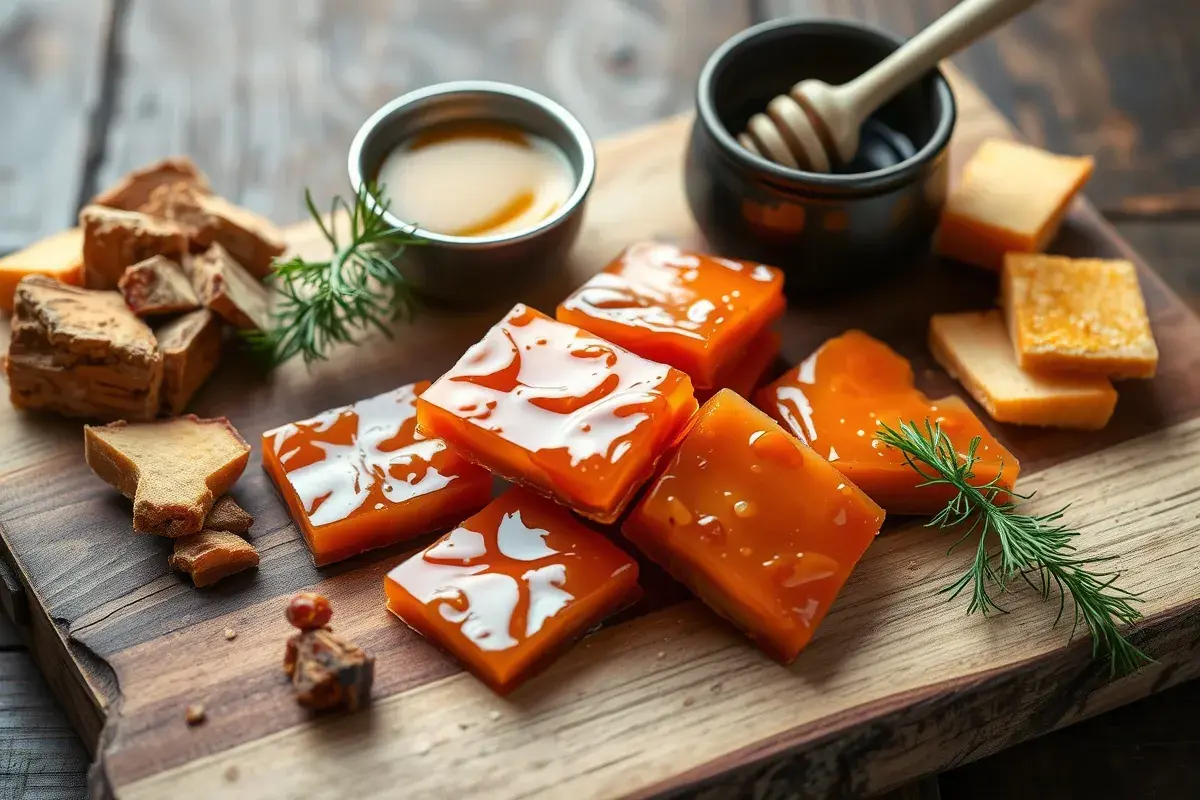Salmon candy is a beloved sweet and smoky seafood treat. This delicacy features brined and smoked salmon, coated with a luscious, syrupy glaze. Often enjoyed as a snack, it can also enhance various recipes. This comprehensive guide will cover everything you need to know about salmon candy, including its origins, preparation methods, flavor variations, recipes, and storage tips. We will also explore its nutritional aspects and address common questions, ensuring you feel confident whether you’re buying or making salmon candy at home.
1. Salmon Candy Origins and Cultural Significance
1.1. Historical Roots in the Pacific Northwest
Many believe salmon candy originated in the Pacific Northwest, where Indigenous communities relied heavily on salmon as a primary food source. They developed sophisticated smoking and drying techniques to preserve fish for the winter months. These time-honored methods have been passed down through generations and continue to influence modern preparations of salmon.
1.2. Cultural Importance
Sweet-smoked fish remains culturally significant in this region. Artisans often inherit recipes, and their commitment to traditional practices helps preserve the authenticity of salmon candy. Many families maintain a deep connection with salmon, making it a central part of their local cuisine.
1.3. Global Appreciation
Today, salmon candy is enjoyed worldwide, appreciated for its distinct balance of sweetness and smoke. Restaurants, specialty shops, and home cooks have embraced it, recognizing its culinary appeal. When you taste this delicacy, you experience centuries of culinary tradition combined with modern flavors.
2. Key Ingredients and Flavors for Salmon Candy
2.1. Core Components
Salmon candy typically requires brined salmon fillets and a sweet glaze. Common ingredients for the brine include brown sugar, honey, or maple syrup. Salt is also crucial for preservation and balancing the sweetness. Some recipes incorporate spices such as black pepper or chili flakes for added complexity.
2.2. Smoking Process
The smoking process contributes an earthy undertone. Popular wood choices include hickory, alder, and applewood, each imparting a unique depth of flavor. The sugars in the glaze caramelize during smoking, creating a delightful sticky coating.
2.3. Flavor Notes
You might detect subtle fruity notes depending on the glaze ingredients. For instance, maple syrup provides a rich, deep flavor, while honey offers floral hints. Some chefs add ginger or soy sauce to enhance the overall profile, while others use local or regional spices.
3. Step-by-Step Preparation
Making salmon candy involves several key steps. First, you prepare a brine by combining salt, sugar, and spices with water. Then, you soak your salmon fillets in this mixture for several hours or overnight. Here’s a detailed breakdown:
3.1. Brining and Preparation

- Select Fresh Salmon: Choose high-quality wild-caught or farmed salmon.
- Create Brine: Mix salt, brown sugar, and water, adding desired aromatics like garlic or pepper.
- Brine Salmon: Fully submerge salmon fillets in the brine.
- Dry Salmon: After brining, pat the salmon dry and place it on racks to form a pellicle (a tacky surface).
3.2. Smoking and Glazing

- Smoke Salmon: Use wood chips like alder or applewood, maintaining a smoker temperature of 160–180°F (71–82°C).
- Glaze Salmon: Brush the salmon with a sweet glaze of maple syrup, honey, or a sugar and spice mixture.
- Continue Smoking: Add more glaze as desired and monitor internal temperatures.
- Cool and Slice: Once fully smoked, let the salmon rest before cutting it into bite-sized pieces.
3.3. Tips
This process can seem complex initially but becomes easier with practice. Adjust the seasonings to your liking for a personalized touch.
4. Choosing the Perfect Salmon
4.1. Freshness Indicators
Using fresh salmon is crucial for superior salmon candy. Look for bright, firm flesh and avoid dull-looking fillets. Ensure it has a neutral odor, not a fishy or sour smell.
4.2. Wild-Caught vs. Farmed
Opt for wild-caught salmon from sustainable fisheries when possible. Varieties like Sockeye, Coho, or King (Chinook) are ideal due to their fat content and flavor. Farmed salmon can be a more budget-friendly option, so ensure to select reputable brands with strict quality controls.
4.3. Recommendations
If unsure, ask your fishmonger for recommendations. Remember the visual and olfactory cues of freshness mentioned above.
5. Health and Nutrition Facts of Salmon Candy
5.1. Nutritional Benefits
Salmon candy is a source of protein, healthy fats, and vitamins. Salmon, in general, is rich in omega-3 fatty acids, which are beneficial for heart health. However, the sweet glaze adds extra calories and carbohydrates.
5.2. Moderation
Moderation is essential; consider salmon candy as an occasional treat rather than a daily staple. Be mindful of portion sizes, especially if watching sugar intake.
5.3. Balanced Diet
You can incorporate this sweet-smoked fish into a balanced diet when paired with fresh vegetables or salads. Ensure to drink plenty of water and stick to recommended portion sizes.
5.4. Sodium Considerations
Brining may increase sodium content, so you may want to adjust brining time or use low-sodium ingredients. Additionally, explore recipes that reduce sweetness while preserving overall taste.
6. Different Glazing Techniques
6.1. Importance of Glazing
Glazing is vital for salmon candy’s distinctive flavor. A good glaze adds sweetness and enhances the taste profile. Multiple applications during smoking create a delicious candy-like shell.
6.2. Popular Glaze Options
Popular glaze choices include maple syrup, honey, and brown sugar. You can add mustard, soy sauce, or whiskey for added complexity.
6.3. Application Tips
Apply thin coats to prevent burning. As sugar caramelizes quickly, closely monitor the smoker or grill. Use a low, steady temperature for a glossy, appealing final product.
7. Serving Suggestions
7.1. Versatile Applications
Salmon candy can be enjoyed in many ways, from a standalone snack to a topping for salads, cheese boards, or even pizzas. Its unique sweetness pairs well with spicy elements like jalapeños, sriracha mayo, or pickles.
7.2. Elevated Presentation
For an elegant display, slice the salmon into cubes and arrange them with soft cheeses like brie. Fresh fruits such as pears or apples enhance the sweet and smoky flavors, and toasted bread or crackers provide a pleasant crunch.
7.3. Meal Ideas
For a heartier meal, add salmon candy to pasta dishes with cream sauce, vegetables, and fresh herbs. Use strong-flavored companions such as roasted garlic or Parmesan to balance the sweet flavors effectively.
8. Storage and Shelf Life
8.1. Proper Storage
Proper storage is critical for keeping salmon candy fresh. Once removed from the smoker, let it cool and transfer it to an airtight container. Refrigeration is recommended, especially for more than a day or two.
8.2. Refrigerated Shelf Life
Refrigerated salmon candy can last about a week due to the high sugar and salt content. Check for any off-odors or changes in texture before eating any leftovers.
8.3. Freezing Options
To extend the storage time, freeze your salmon candy in well-sealed bags. Thaw it in the refrigerator before consumption to maintain its texture.
8.4. Food Safety
Always keep smoked fish chilled below 40°F (4°C) to reduce the risk of bacterial growth. Remember to label containers with dates for freshness tracking.
9. Common Mistakes to Avoid
9.1. Preparation Errors
- Over-brining: Can result in an excessively salty product.
- Excess Smoke: Can impart a bitter flavor; use milder wood for extended smoking.
- High Heat: Temperatures over 200°F (93°C) can cause dryness.
- Skipping Pellicle: Not air-drying prevents proper glaze adhesion.
- Ignoring Portion Size: Uneven cooking results from large, non-uniform fillets.
- Neglecting Flavor Variety: Limit variety by using only one type of sweetener.
9.2. Temperature Monitoring
Monitor the internal temperature to ensure doneness. Salmon is often considered cooked at 145°F (63°C). Always use a food thermometer to maintain optimal results.
10. Substitutes and Variations
10.1. Alternative Fish
If you’re looking for a variation of this dish, you can use Trout as a substitute, particularly if local fish is available. Steelhead trout, in particular, shares a similar color and texture to salmon.
10.2. Sweetener Alternatives
Change up your sweetener, using agave nectar or golden syrup instead of the traditional maple syrup for a new flavor profile. Adding pineapple juice or citrus zest will create a tangy finish, while a sprinkle of crushed nuts can provide a unique texture.
10.3. Smoke Variations
For a milder smoke, use fruitwood chips like applewood or cherrywood. If you prefer a bolder taste, opt for stronger woods like mesquite or hickory. Experiment in small batches to find your ideal flavor blend.
11. Delicious Recipe for Salmon Candy
Below is a simple recipe to make salmon candy at home.
11.1. Ingredients
- 2 pounds fresh salmon fillets (skin-on)
- 1/2 cup kosher salt
- 1 cup brown sugar (divided in half)
- 4 cups water
- 1 tablespoon cracked black pepper
- 1/4 cup maple syrup
- 1/4 cup honey
- 1 teaspoon mustard powder (optional)
11.2. Instructions
- Brine Preparation
- In a large container, mix water, salt, 1/2 cup of brown sugar, and cracked black pepper.
- Stir until the salt and sugar dissolve.
- Brining Salmon
- Cut the salmon into strips or chunks.
- Submerge the salmon in the brine.
- Refrigerate for 6–8 hours, or overnight.
- Drying the Fish
- Remove salmon from the brine and pat dry with paper towels.
- Place skin-side down on a wire rack.
- Let them air-dry for 1–2 hours, until a tacky film forms.
- Smoking
- Preheat your smoker to about 160–180°F (71–82°C).
- Place salmon on the smoker rack.
- Smoke for 2 hours, adding wood chips as needed.
- Glaze
- In a small bowl, mix the remaining 1/2 cup of brown sugar, maple syrup, honey, and mustard powder.
- Brush the salmon pieces with the glaze every 30 minutes.
- Smoke for an additional 1–2 hours or until the internal temperature reaches 145°F (63°C).
- Cooling and Serving
- Remove the salmon from the smoker.
- Let it rest for about 10 minutes.
- Slice into bite-size pieces, if desired.
11.3. Result
Your homemade salmon candy should be sticky, sweet, and smoky. Serve it warm or chilled with crackers, fruit, or cheese.
12. Frequently Asked Questions
12.1. Is Salmon Candy Good for You?
Salmon candy provides protein and omega-3 fatty acids but also contains added sugar and salt. Therefore, it should be treated as an occasional treat and consumed in moderation.
12.2. What Does Salmon Candy Taste Like?
It has a balanced, sweet, and savory flavor. The brine adds saltiness, while the glaze provides sweetness, and the smoking imparts a woody, sometimes mildly bitter note, creating a layered taste profile.
12.3. Does Salmon Candy Need to Be Refrigerated?
Yes, refrigeration is essential, especially after cooling. Both the fish and sugary glaze can spoil at room temperature, therefore, storing it in an airtight container in the refrigerator will maintain freshness for up to a week.
12.4. Is Candied Salmon the Same as Smoked Salmon?
Candied salmon is smoked salmon that has been glazed with something sweet. Whereas regular smoked salmon does not usually include the sweet coating. Though they share similarities, salmon candy is sweeter and typically stickier.

